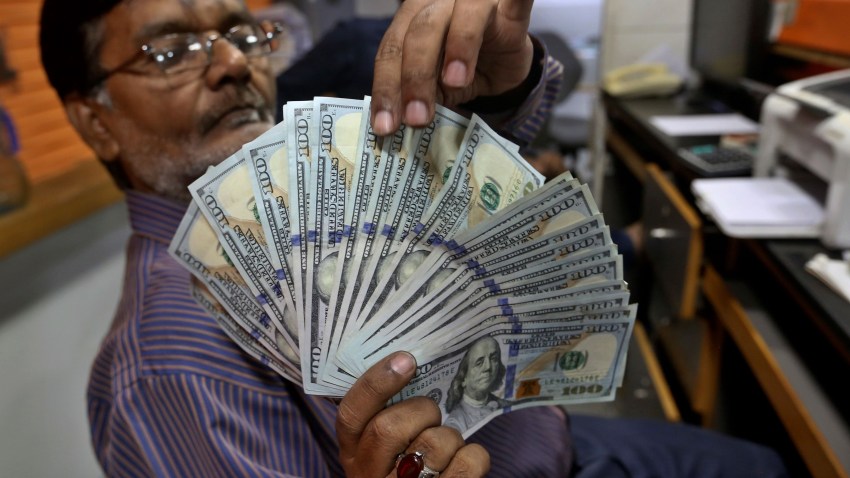The global economy is being battered these days by the fallout from war, disease and great-power competition. This is bad news for global trade, and some even wonder if it will also dramatically shake up a pillar of the global financial system: the U.S. dollar’s status as the world’s “reserve currency,” meaning its position as the currency most widely held by foreign governments and used in international financial and trade transactions.
Early in Russia’s war against Ukraine, some believed the comprehensive nature of the economic sanctions that were quickly slapped on Russia held the potential to accelerate the dollar’s decline. Because the sanctions are primarily and nearly exclusively being imposed by Western economies, the fear is that they could cause the global economy to bifurcate. Indeed, cut off from the Western financial and economic system, Russia has sought alternative economic outlets, primarily China, with China’s currency—the yuan—having supplanted the dollar as the most widely traded currency on the Moscow currency exchange. Similarly, by observing the West’s ability to essentially weaponize Russia’s dependence on their economies, countries like China could seek to decouple from those economies, while also seeking to establish alternatives to the dollar as the dominant global reserve and trade currency.
But such efforts do not portend a twilight for the dollar’s global dominance as a medium of exchange. Far from an impending fracturing of the global financial system into a dollar system and a nondollar-based system, we are likely to see so-called dollar hegemony continue for some time into the future.

